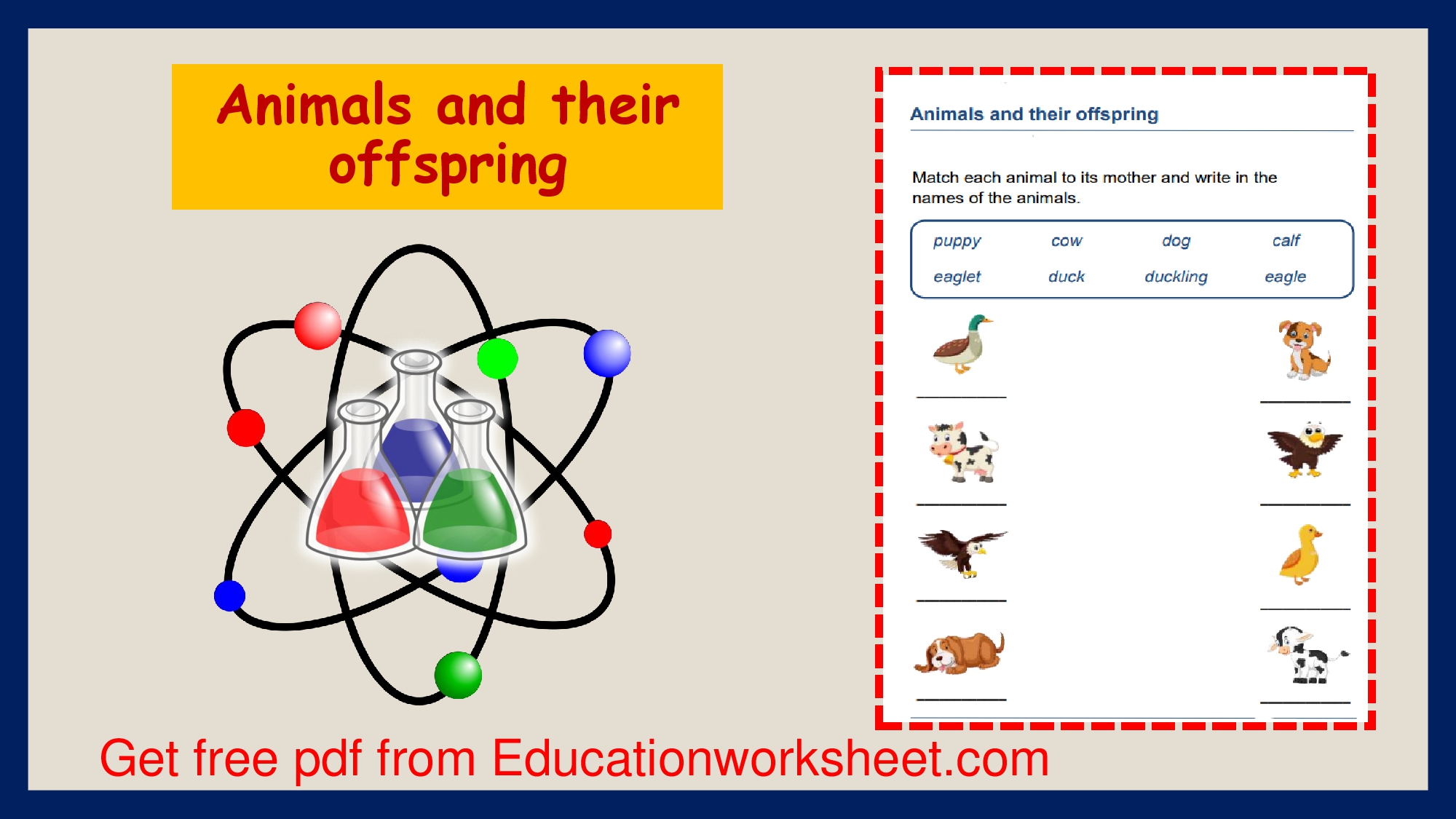Physical Address
304 North Cardinal St.
Dorchester Center, MA 02124

Global Blog Planet

Global Blog Planet


Animal Sound Worksheets represent a revolutionary approach to early childhood education. These worksheets go beyond conventional teaching methods, introducing a dynamic and engaging way for children to learn. By integrating the captivating sounds of animals, these worksheets open a gateway to multisensory learning experiences that leave a lasting impact on young minds.
The integration of animal sounds is not merely an added feature; it is a fundamental aspect of fostering holistic development in early childhood education. The resonating sounds of various animals play a crucial role in enhancing cognitive abilities, language proficiency, and creating an environment where learning becomes an immersive adventure.
Animal Sound Worksheets contribute significantly to language development in young learners. As children explore the distinct sounds associated with each animal, they not only expand their vocabulary but also develop a nuanced understanding of language expression. The auditory experience of associating sounds with animals becomes a language-building journey that transcends traditional learning methods.
Cognitive benefits abound when young learners engage in auditory learning through animal sounds. Research suggests that auditory stimuli enhance memory retention and language processing skills. By immersing children in a world of animal sounds, these worksheets leverage auditory learning to stimulate cognitive development and lay the foundation for future academic success.
Visual elements in Animal Sound Worksheets play a pivotal role in capturing the attention of young minds. The inclusion of vibrant images and graphics creates a visual feast, connecting the auditory experience with visual representation. This fusion of visual and auditory stimuli ensures a comprehensive understanding of animal sounds.
The incorporation of words in Animal Sound Worksheets serves as a reinforcement of vocabulary acquisition. Words, strategically chosen to complement animal sounds, provide children with a written association, enriching their vocabulary. For example, pairing the sound of a “roar” with an image of a lion enhances both auditory and visual learning.
Interactive exercises within Animal Sound Worksheets elevate the learning experience to new heights. Activities such as flashcards and interactive games transform passive learning into a dynamic journey of exploration. These elements not only engage young minds but also ensure that learning is an enjoyable and participatory experience.
The effectiveness of flashcards in sensory learning cannot be overstated. Animal sound flashcards create tangible associations between images, sounds, and words. For instance, a flashcard featuring a picture of a cat, the written word “meow,” and the actual sound creates a sensory-rich learning experience that aids in memory retention.
Hands-on activities take learning to a whole new level of fun. Incorporating movement and participation in interactive exercises ensures that children are actively engaged in the learning process. For instance, a game where children mimic animal sounds or act out the movements of animals enhances both motor skills and cognitive understanding.
Organizing animal sound worksheets based on different animal categories introduces diversity and expands the breadth of knowledge. Exploring sets of domestic animals, wildlife, and aquatic creatures allows children to learn about a variety of sounds and ecosystems. This categorization adds a layer of complexity to the learning experience.
Categorizing animals on worksheets facilitates a structured approach to learning. It allows educators to tailor lessons based on the interests and developmental stages of children. This method ensures a comprehensive understanding of the animal kingdom while catering to varied learning preferences.
The integration of phonetic representation in Animal Sound Worksheets is paramount for refining pronunciation skills. Phonetic symbols guide children in articulating sounds accurately, bridging the gap between visual representation and verbal expression. Phonetic elements provide a foundation for clear and effective communication.
Incorporating phonetics ensures that children not only recognize animal sounds but also learn the correct pronunciation. For example, using phonetic symbols alongside the word “neigh” for a horse’s sound helps children grasp the intricacies of pronunciation, fostering precise language skills.
Constructing sentences with animal sounds brings a real-world context to the learning process. Short, practical sentences featuring animal sounds provide a bridge between classroom learning and everyday communication. For instance, constructing a sentence like “The lion roars loudly in the jungle” enhances language comprehension and application.
Sentence construction with animal sounds moves beyond isolated learning, promoting practical application. It enables children to articulate their understanding of animal sounds in meaningful ways, enhancing their ability to communicate effectively in various contexts.
In summary, Animal Sound Worksheets emerge as powerful tools that transcend traditional educational approaches. The strategic integration of visual elements, words, interactive exercises, and categorization creates a comprehensive learning environment. The incorporation of phonetics and sentence construction further enriches the educational significance of these worksheets.
The journey into the world of Animal Sound Worksheets is an invitation to educators and parents alike. By exploring and implementing these worksheets, caregivers actively contribute to the holistic development of young minds. The immersive and dynamic nature of Animal Sound Worksheets promises not only educational enrichment but also a joyous learning experience for the children of tomorrow.